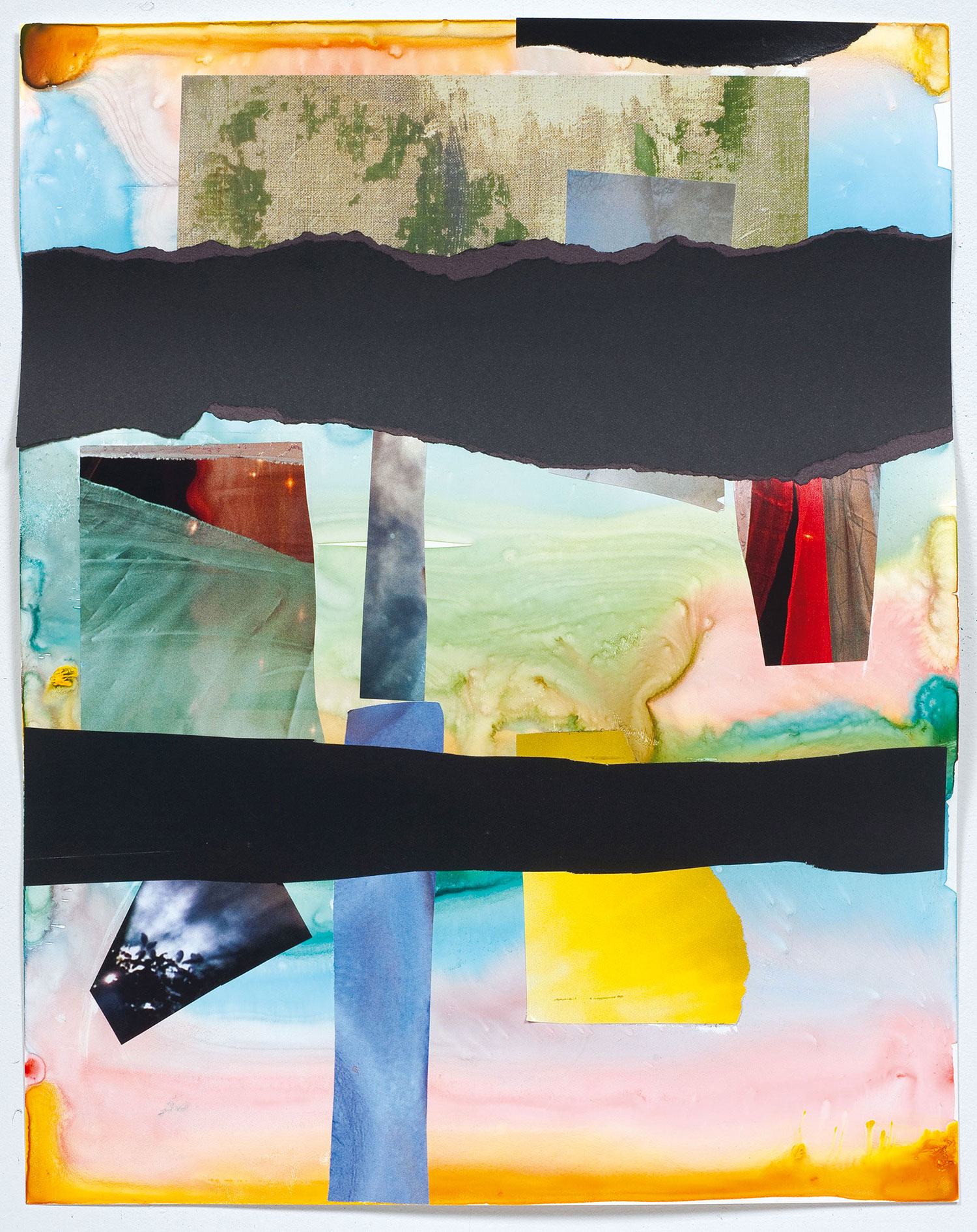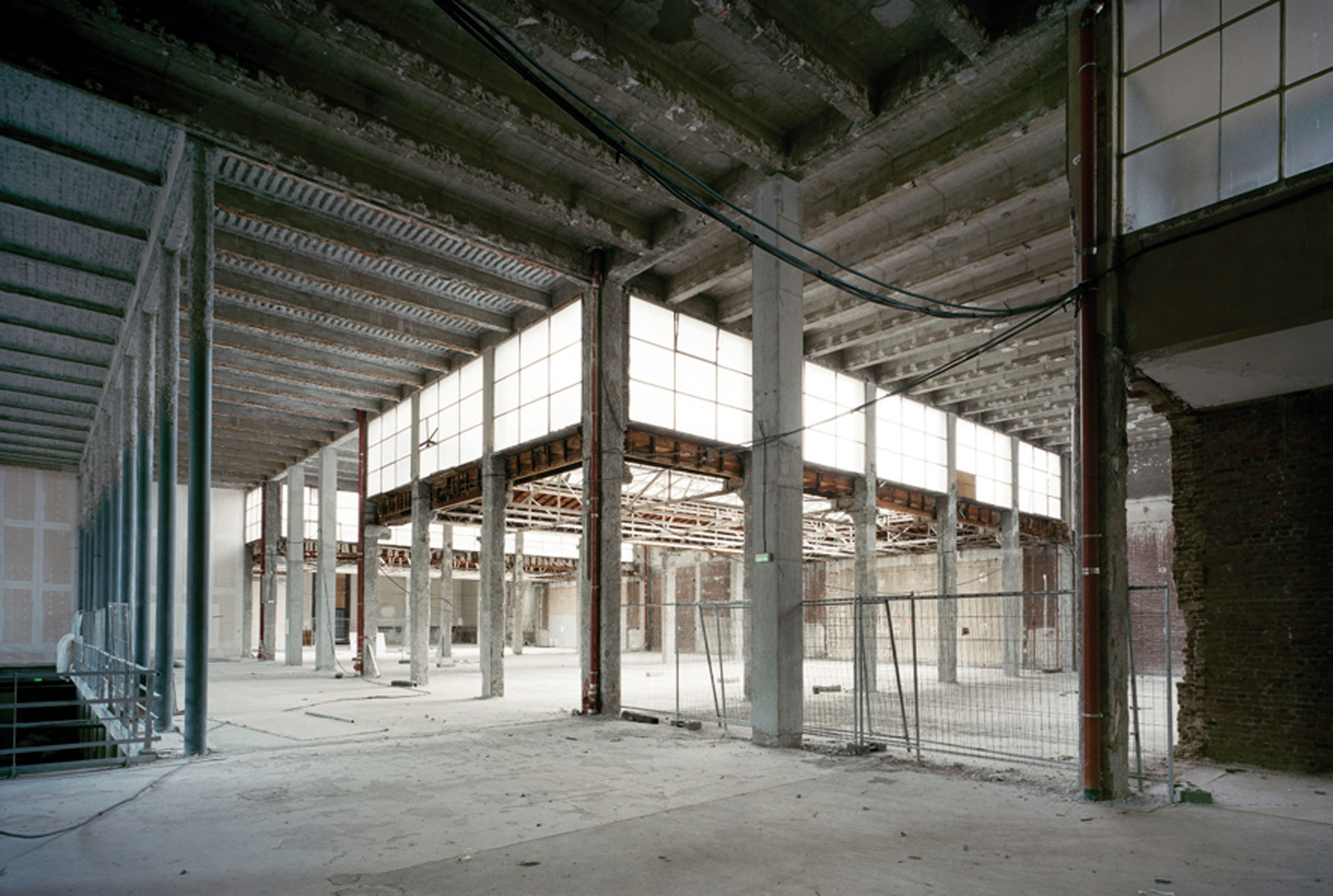
The development of Hong Kong and Singapore in recent years has set the Asian art world debating as to which might be the city to place their bets. The new galleries that have opened in the last few months have moved Hong Kong up a few notches. Now White Cube, Galerie Perrotin, Pearl Lam, Ben Brown and Gagosian have Hong Kong branches. In recent years, auction turnover has elevated Hong Kong to the capital of the Asian art auction market, and Art Basel’s acquisition of Art Hong Kong confirmed this standing.
Singapore, on the other hand, has been developing in a separate trajectory, leaving a trail of investments in arts infrastructure and education: educational partnerships between Goldsmiths College, Royal Academy of Music, Tish School of the Arts, Peabody Institute and local arts institutions; the new School of the Arts, the $115 million interdisciplinary learning-through-the-arts institution for 13-18 year olds that offers an International Baccalaureate diploma in visual art, dance, theater, music and film at advanced levels; and the Gillman Barracks, Singapore’s new $8 million showcase and precinct for contemporary art slated for this September with a planned artist-in-residence program. Recently the government announced the allocation of $200 million to promote arts appreciation to locals. For a long time, these initiatives appeared rhetorical, with their real impact as yet unfelt.
A chance encounter at I Light Marina Bay, an outdoor light festival, gave me fresh insight. In one particular instance, three students from the audience gingerly stepped out, placed themselves before the brilliantly lit works and broke into a sequence of precise, well-sculpted bodily movements that dialogued with their animated silhouettes. I was momentarily caught off guard — not by the act, but by the location and spontaneity of the students’ unrehearsed engagement. I wasn’t in New York or Berlin; I was in Singapore.
If this new wind of change is a result of investments in arts education, many cultural observers have found it welcoming. Championed by no less than five government agencies working in concert — museology, arts scene development, education, economic planning and even tourist promotion — Singapore seems to be undergoing a cultural reconstruction. But to what extent would these efforts translate into the birth of a bubbling arts community that is home to international artists, curators, collectors and the art trade?
Interestingly, Singapore’s challenge lies not in its resolve or resources, but in its mentality — the ability to take risks and advance critical new content. The censorship saga of Simon Fujiwara’s work at the Singapore Art Museum last year and accounts of young graffiti artists’ brushes with law showed that the city can be infrastructure-rich, but its understanding of the moral code of engagement in the arts may still lag behind. Singapore needs to recognize that the arts need to dance to a different rhythm than what it has been used to, and that its penchant for censorship and aversion for risks and outliers may nullify returns.
Paradigm shifts are also needed even in arts education for sustainable results. Leading arts practitioners question the “punishing” 50-to-60-hour school week of its sought-after integrated arts curriculum, when their European counterparts take an additional year to finish similar programs. Experts argue that an overloaded curriculum without allowing time for critical reflection will only create a generation of hurried, burned-out technicians, not artists. At this rate, Singapore may kill its geese even before the golden eggs are laid.
By merit of its proximity to the Chinese market and high-net-worth population, Hong Kong will continue to be an entrepôt, even without additional effort. Challenges notwithstanding, if Singapore is able to cull some of its sacred cows and play its cards strategically, Asia will soon welcome another strong cultural nexus, a magnet for content-rich multicultural discourse and cutting-edge new content. Recently, cultural observers are already beginning to sense this; as one collector put it, “Hong Kong is good for buying art, Singapore is good for experiencing art. We need both.”





